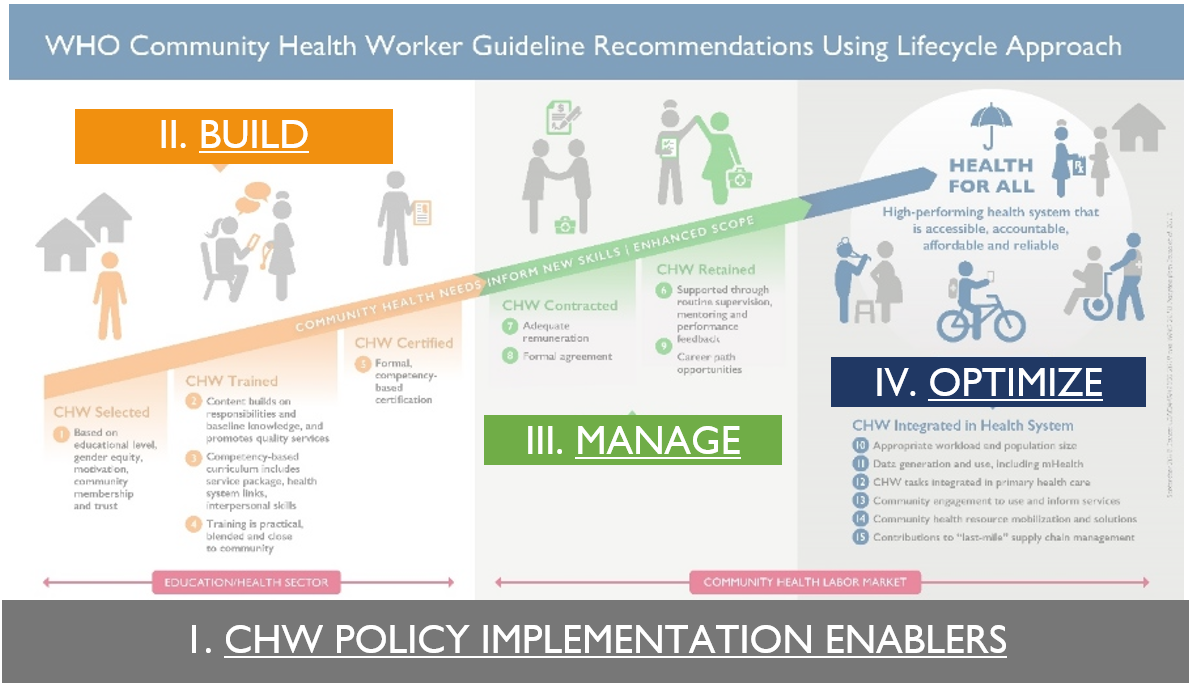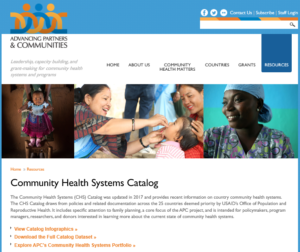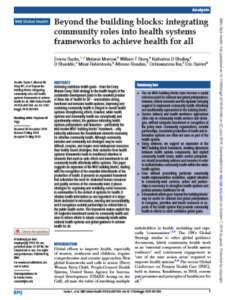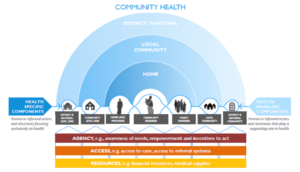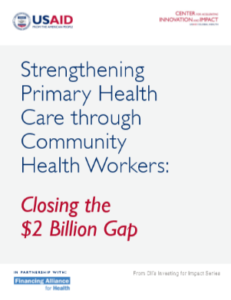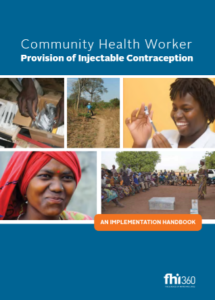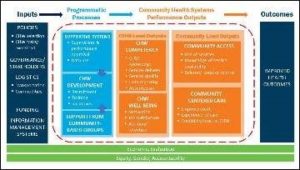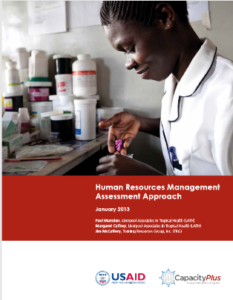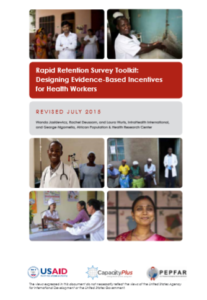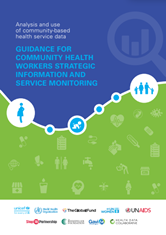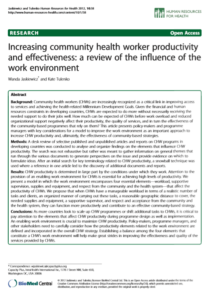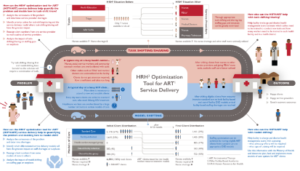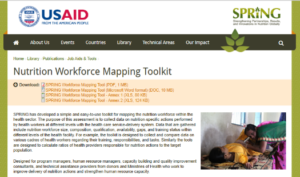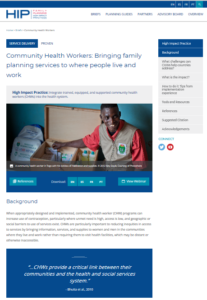The United States Agency for International Development (USAID) Flagship Community Health Worker (CHW) Resource Package compiles priority resources for strengthening CHW programs developed through USAID’s Bureau for Global Health (BGH) investments, as well as what USAID BGH’s flagship partners have produced and prioritized. It includes tools, research, guides, approaches, and best practices recommended by USAID’s flagship project community health experts through a series of convenings and reviews. The rationale for the development of this package was to showcase these priority resources for greater internal and external dissemination and agenda setting, including the Community Roadmap and the WHO CHW Hub. It is a living document*, and we expect to update it periodically as emergent state-of-the-art resources are recommended by flagship experts.
This resource package is targeted at national CHW stakeholders (Ministries of Health, implementing partners, USAID missions, UNICEF country offices, and investors of community health) and others who make strategic investments in the health sector and other development areas.
The resources can be used to integrate CHWs within the broader health workforce and to promote their professionalization. For this reason, some resources may support broader health workforce development and strengthening, policy, program implementation, or financing, but can be applied to CHW programs. Professionalizing CHWs is a key step for ensuring the effective role of community health within primary health care, critical for achieving health for all and global health goals. Resources may be cross-cutting or technically specific, and all are relevant to optimizing CHWs in a health systems context.
The resources are presented according to the WHO guideline on health policy and system support to optimize community health worker programs using the HRH2030 lifecycle approach and the main categories of WHO’s recommendations:
I. CHW policy implementation enablers (cross-cutting)
II. Build
III. Manage
IV. Optimize






